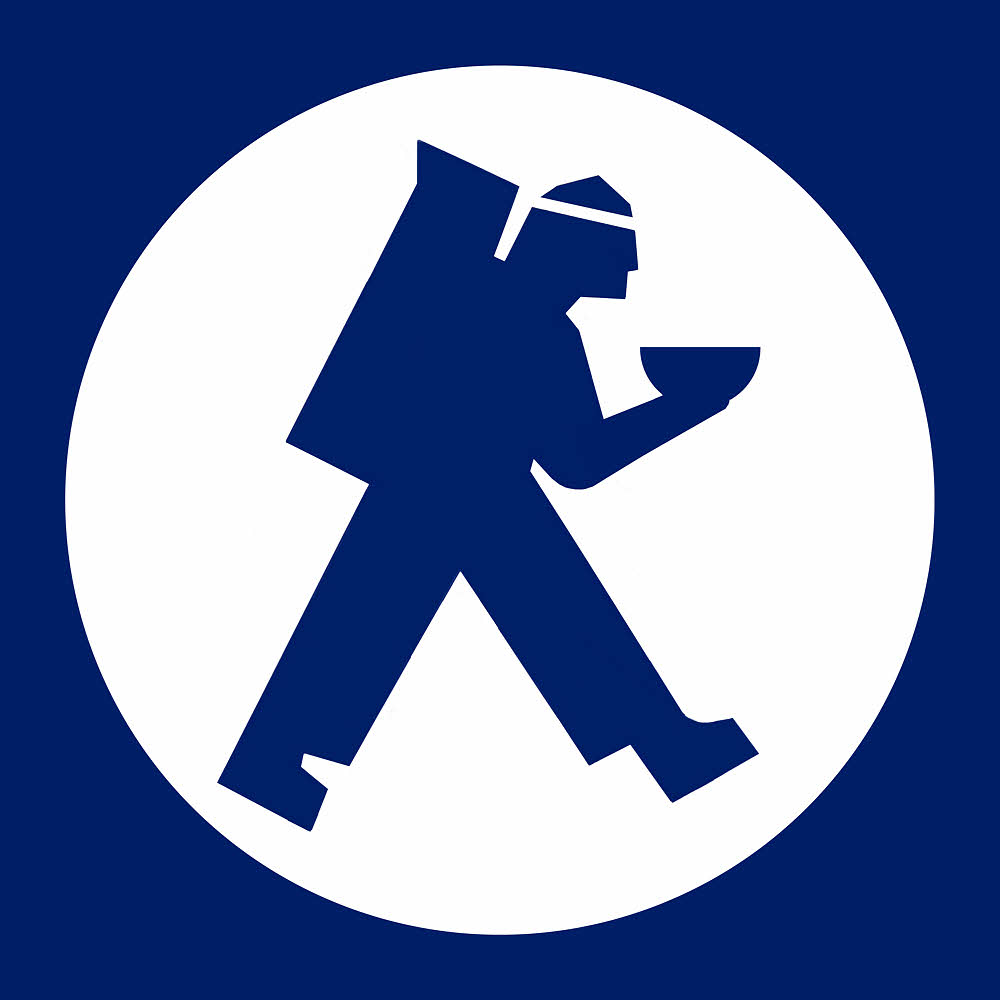
I'm not a fussy eater as long as the food is right. I guess that makes me a fussy eater. But maybe not.
If my food stays within broad guidelines, I can eat it, and I will. I don't get tired of food. If it was good enough to eat yesterday, then it's a good enough sort of meal to have again today. So I go for months eating almost the same thing every day. Even more so while backpacking.
Backpacking food can't be too fancy or too perishable or too expensive or too heavy. Because, you know — backpacking.
But between those bright lines, I still have a few slightly more restrictive and more general criteria, but not too restrictive. Here they are.
My backpacking meals have to...
- Contain enough energy to keep me going.
- Have adequate nutrients.
- Taste good enough to eat.
- Stay down once eaten.
That's about it.
I say energy instead of calories because calories are bogus. Calorie counts form an extremely rough guide, but they don't represent the energy that food provides. Calorie counts are generated by burning a bit of food inside a sealed container and measuring the heat output. This has nothing to do with what happens to food inside the human body.
Food is not burned, and heat is only a peripheral waste product of metabolism. The body digests food, circulates it, stores, it, retrieves it, and transforms it into a useful form of energy via complex chemical interactions. None of this involves burning raw food in an oxygen environment. Period.
The only way a person can tell if their food provides enough energy is to see how they feel. It's a vague sort of process, and can't be quantified. Either you are doing OK or you aren't. Count enough calories and eventually you'll learn what works and what doesn't, and by how much, the same as if you don't count calories. So I just dump stuff together, based on experience, and that's pretty close.
Nutrients are carbohydrates, sugars, protein, fats, and minerals. Fat is a great way to ensure getting enough energy. Sugar makes things taste better. Carbohydrates hold the other foods together. Proteins are chewy.
It's hard not to get enough protein — if you eat enough to keep going, then you're probably getting more than enough protein. Adding powdered milk or cheese guarantees it. Powdered milk and cheese also supply essential minerals. Going heavy on fat and lighter on carbohydrates means that your food load will be lighter for a given amount of energy, and that after eating it you'll likely not get hungry again so fast, because fats are slow to digest. Sugar gives a quick energy boost and works great as some kind of dessert or after-supper treat. Toss in a multivitamin every day or two and you're covered.
If I can eat my food and feel better after, then it's good enough. That's about it.
And if the food is OK, then it stays down, which is what I shoot for. So far I've never had a problem with this, but it's important to keep in mind, 'cuz if supper comes back up for a visit, and tries to get out and go running around, then the trip is over. Proper food sticks to one-way trips.
Here's something I like.
Breakfast:
- ½ cup quick-cooking (1 minute) oats
- ½ cup "grape nuts" cereal (or the Walmart equivalent)
- ¼ cup raisins
- ⅔ cup powdered milk
- ½ cup powdered butter *
- 1 tablespoon brown sugar
Dump all ingredients into a quart-sized, freezer-weight ziplock bag.
To prepare, add 1½ to 2 cups boiling water to the bag, depending on what works for you.
Gently and carefully squeeze the air out of the bag and then re-seal it.
Hold the bag in one gloved hand while massaging it with your other gloved hand to mix and evenly wet all the ingredients.
Set the bag aside to finish "cooking" and to cool enough so you can eat it. If it's a cold day, put the ziplock bag inside your main food bag, inside a wool hat, or stuff it into a spare shirt or a cozy you've made up specifically for preparing food.
When the food is cool enough to eat, and if you like using a spoon, then open the bag and eat it from the top with your spoon. If you want to keep it simple, make sure you've got as much air squeezed out of the bag as possible, the re-seal the bag and check to make sure that the bag is sealed. Then check again, and again, and again.
Roll the top of the bag over so you're holding the top tightly closed (just to be super sure). Turn the bag 90° so one bottom corner is pointing up. Squeeze the food away from that corner. Carefully use your teeth to rip open that corner. Hold the bag in both hands while squeezing the contents into your mouth. When done, roll up the ziplock bag and drop it into your garbage bag. No cleanup needed, not even of your spoon.
Next time you're hungry, repeat.
* Minimum. Powdered butter is available in roughly gallon-sized (36 oz.) cans at Walmart under the "Augason Farms" brand. It's much easier to deal with than "real" butter, or any other fat or oil, and can be easily pre-mixed at home. (Ever open your pack to find that your pint of olive oil has leaked all over everything?)